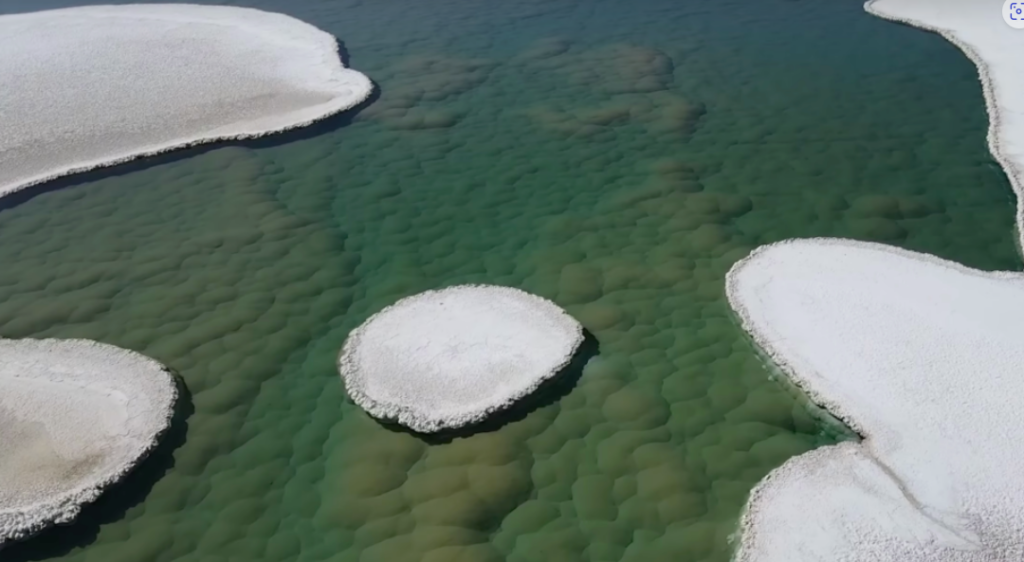

Puna de Atacama in Argentina isn’t exactly renowned for its food. At an altitude of 14,000 feet on average above sea level, the desert region is distinguished by a dearth of precipitation and unceasing sunshine, resulting in conditions that are uncannily dry. We reasoned that this indicated Puna de Atacama’s sparse vegetation and fauna. Within the salt flats of Puna de Atacama, scientists have found a massive microbial ecosystem. They think the creatures that inhabit this ecosystem may provide clues to life on otherwise barren worlds.
It all began when researchers examined satellite photos of Argentina and noticed an unusual network of pools. This led scientists to look for the pools in person, including those from PunaBio, an Argentinean bacterial research lab, and the University of Colorado Boulder. They discovered that trudging through the harsh desert for miles to reach the lagoons may have contributed to the pools’ lack of popularity.
They discovered that the lagoons covered 25 acres of the salted desert of Puna de Atacama. The researchers observed “giant mounds of green growth, some 15 feet wide and several feet high” beneath the surface despite the water’s perfect clarity. Early examinations revealed that these were stromatolites, microbial habitats that create rock layers by ensnaring stray sand grains and using the excretions of the microorganisms to bind them together. However, these stromatolites included large amounts of gypsum, which is only present in fossilized stromatolites and not in contemporary stromatolites.
According to CU Boulder geologist Brian Hynek, “this lagoon could be one of the best modern examples of the earliest signs of life on Earth.” The stromatolites resemble those that originated 4–2.5 billion years ago during the Archaean Eon of Earth, when they frequently reached heights of 20 feet.
Cyanobacteria and archaea make up the live components of the stromatolites found in Puna de Atacama. Single-celled archaea produce a rusty pink inside, while photosynthetic bacteria known as cyanobacteria guard the exterior. It is difficult to understand how and why the stromatolites developed in such a harsh environment. But the stromatolites may provide insight on how life originated on ancient Earth—or perhaps Mars—because of the region’s high salinity, strong acidity, and intense solar radiation exposure.
According to Hynek, “this is how life would have developed on Mars if it ever reached the stage of fossilization.” “Knowing these contemporary Earth communities may help us identify commonalities in the Martian rocks that we might find.”
As with many fascinating findings, though, there is a drawback: a recent lithium-mining agreement puts the site at risk of being completely destroyed. With great anticipation, Hynek and his PunaBio colleague Mariá Farías are currently looking for ways to save a portion of the microbial ecosystem of Puna de Atacama before it is destroyed.